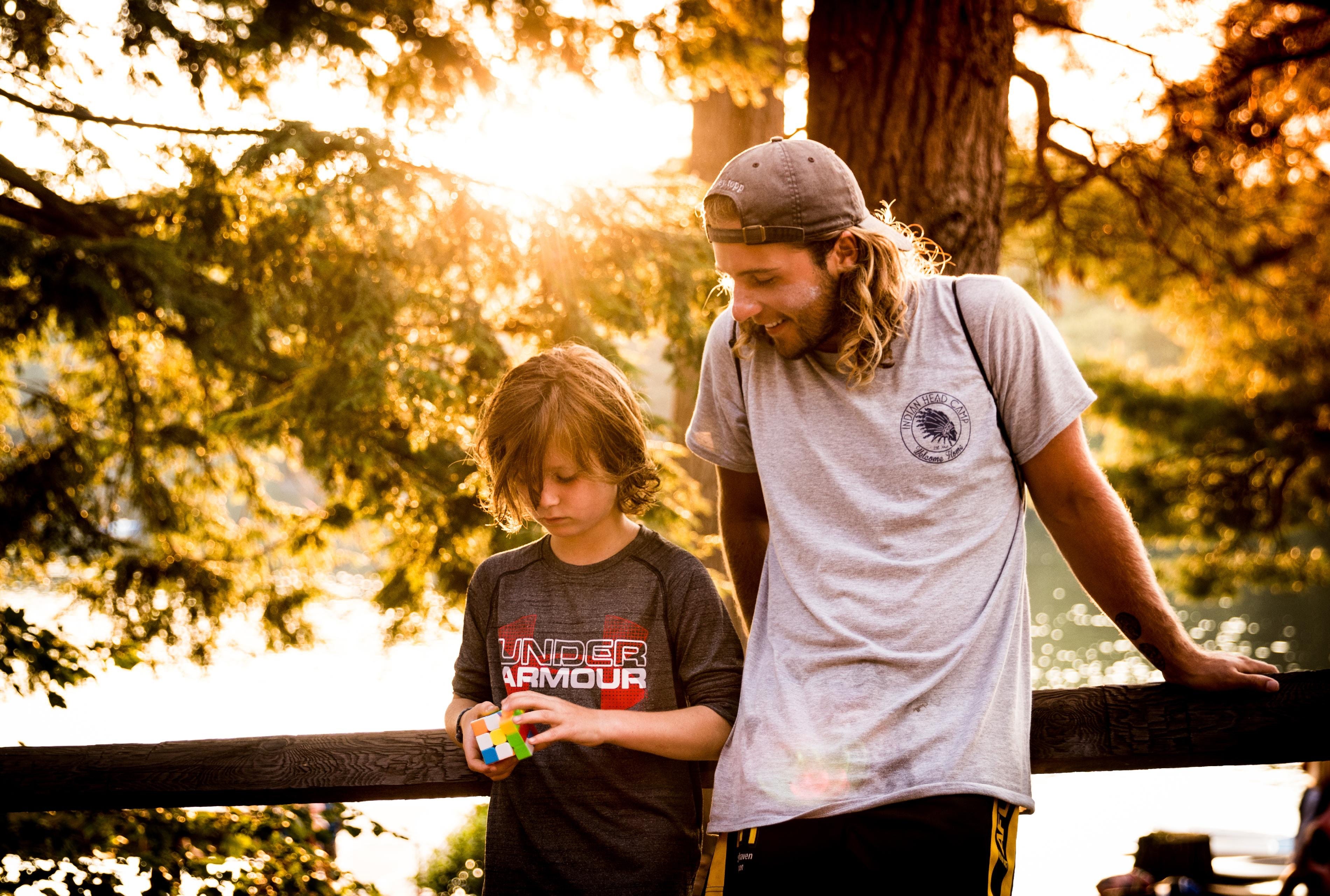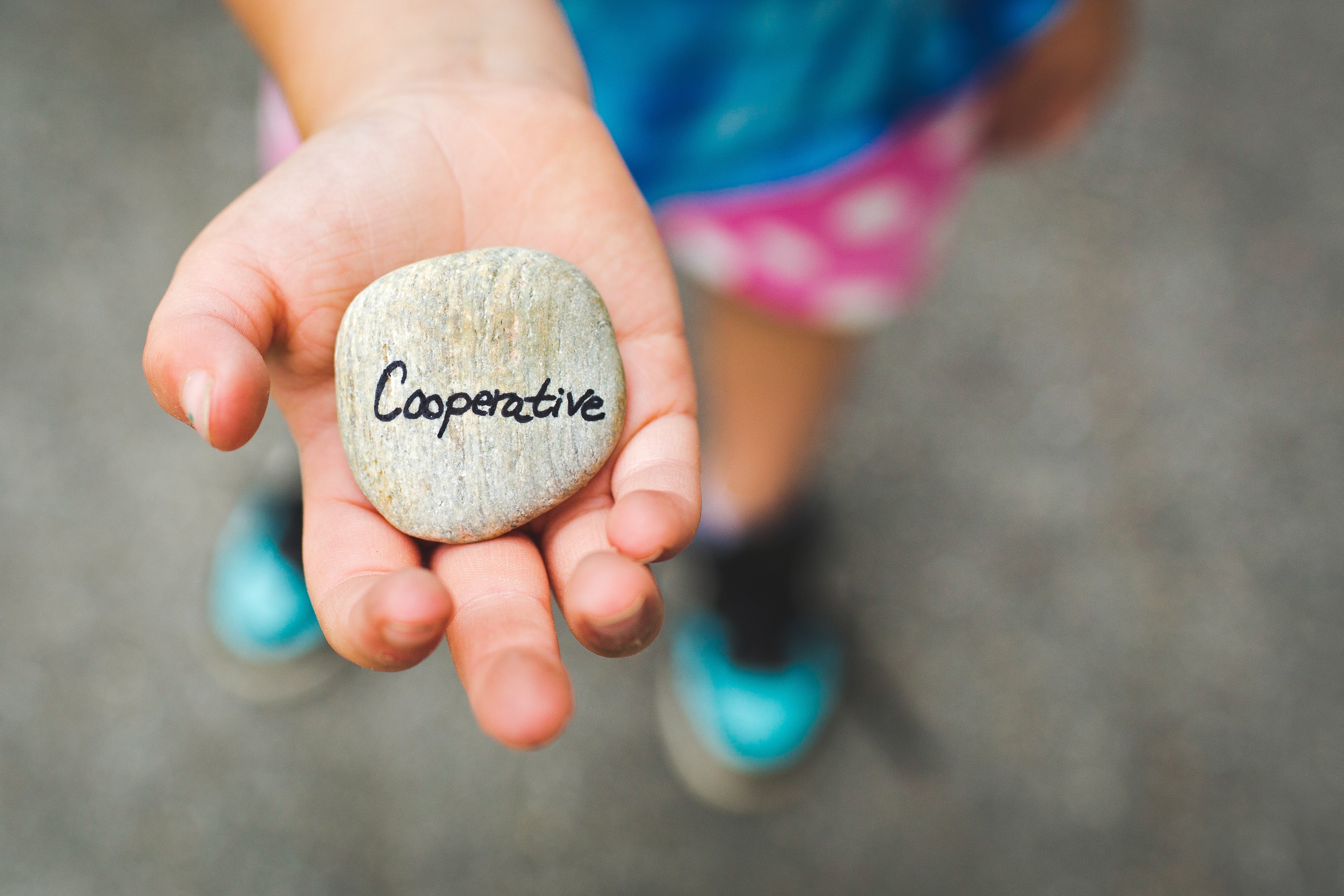School Leadership 2.0
A Network Connecting School Leaders From Around The Globe
Connection Before Content: A New Mantra for Teachers

Connection Before Content: A New Mantra for Teachers
Fundamental social and emotional skills must be interwoven into the fabric of the classroom.
Student movement throughout the school day resembles a train barrelling down the tracks. No stops at the train station to disembark and stay awhile. No opportunities to move between train cars to explore. Students must stay in their assigned cars, and then move quickly to the next on a set time schedule.
With subjects taught in a piecemeal fashion, students are cycled through classes as quickly as possible only to start all over again the following school year to repeat the same repetitive process.
This movement from class to class, from subject area to subject area, creates an environment where students and teachers are intensely focused on content. Information is spewed from one class to the next with little thought as to how students are processing the vast amount of knowledge being thrown their way, and with even littler thought as to how students balance their many classes and expectations.
Students are left grappling with intense workloads and increasingly high expectations. Without fundamental social and emotional skills, they drown in the anxiety and stress created by overly academic and competitive environments.
Fundamental social and emotional skills must be interwoven into the fabric of the classroom for student growth and learning.
The Situation
High school is the new college. Students are pressured to start thinking about their careers before they even start driving a car. College admissions is a competitive business, and students spend four years beefing up their resume by volunteering in the community, playing sports, and participating in student clubs.
I have had numerous conversations with students centered on the need to find balance. One of my students is an avid singer and loves choir, but she is choosing to take an extra science class next year in lieu of choir to increase her college admission chances. Another one of my students wants to be an engineer and is convinced he must take as many science classes as possible, instead of other electives he might enjoy, so that he can be ready for his college courses.
Again and again, I talk about balance. I tell my students that in college, you almost always repeat the same classes you took in high school. College is the time to focus on choosing a career and specializing in subjects; high school is the time to focus on exposure to a vast array of choices.
More importantly, the pressure on students to achieve more, regardless of developmental readiness, creates a pressure cooker of anxiety and stress in the classroom. The expectation for students to balance their extracurriculars with their academics, their social life, and their family life is unreasonable and unwarranted.
I often comment to my students that I would have (as an adult) a difficult time juggling the number of obligations they are expected to manage. Yet, we expect our students to juggle seven to eight classes while also managing a busy after school schedule, all while maintaining meaningful relationships with their peers and family.
What Students Need
What students need more than content is connection. They need a space where they can learn, and fail, without fear of shame, rejection, or embarrassment.
Students need teachers who care about them, and who take the time to communicate with them as individuals, not just names on a roster. Without connection, there is no learning. Without connection, the best instructional strategies or the most well-planned assessments simply do not matter.
According to Harvard Graduate School lecturer, Jacqueline Zeller, “the sense of safety and security afforded by close relationships with teachers provides children with a steady footing to support them through developmental challenges.” Students must feel safe in their environment to learn.
Part of that safety is creating a classroom environment where the social and emotional needs of students are integrated into the curriculum.

Integrating SEL Into the Classroom
According to the Collaborative for Academic, Social, and Emotional Learning (CASEL), social and emotional learning (SEL) is “the process through which children and adults understand and manage emotions, set and achieve positive goals, feel and show empathy for others, establish and maintain positive relationships, and make responsible decisions.”
The core skills of self-awareness, self-management, responsible decision-making, relat... should be systematically integrated into the environment, not isolated in advisory or homeroom classes, which is often the case.
We piecemeal SEL with fifteen-minute lessons on honesty and bullying as if these out-of-context mini-lectures with mindless, adult-dictated activities will result in real reflection and learning.
However, there are strategies to intentionally integrate SEL into a classroom without sacrificing academic integrity or expectations.
First and foremost, educators should model the behaviors that we want our students to replicate. Treat students with compassion, respect, and kindness, and in turn, students will value their worth and individuality. When we recognize our students as unique individuals, it builds their confidence and self-esteem, traits that encourage treating others with kindness as well.
Second, utilize student-centered discipline to develop self-awareness. This includes logical consequences in lieu of punitive punishments and recognizing discipline as a teaching process. According to the Center on Great Teachers and Leaders, in student-centered discipline, “students are taught how to identify their emotions, understand the precursors to an emotional reaction, and be able to express and regulate their own emotions.” Developing self-awareness of emotions is crucial in adolescent development. Once students learn to recognize and manage their emotions, they are better able to make responsible decisions.
Third, teachers can incorporate choice in the classroom environment to encourage self-management and responsible decision-making. In addition to creating democratic norms for classroom procedures, teachers can give students the freedom to choose their own assessments to meet the objectives or select activities that reflect their current skill level. Empowering students to practice decision-making is teaching them the skills they will need in their future careers.
Social awareness and relationship skills can be developed through cooperative learning, but only if students are able to reflect on the process of working with others. Cooperative learning is vastly overused and creates situations where students must either complete all of the work themselves or hide in the background in fear of speaking out. To build core SEL skills, “students need to collaboratively process how they work together and monitor their progress toward their goal” (Center on Great Teachers and Leaders). Individual as well as group accountability is imperative with specific roles delineated for each aspect of the assignment.
Closing Thoughts
The reality is that students will not learn in environments where they are forced to speed reluctantly through class after class with little thought as to how they are developing as people, not just students.
When academics are at the forefront of education, we lose sight of the importance of educating the whole child. Although schools have the best intentions when assigning “SEL Time” through advisory and homeroom programs, pre-packaged SEL curriculum reeks of inauthentic, meaningless work. When I am rolling my eyes at yet another anti-bullying poster-making activity, it is a good chance my students are as well.
The bottom line is that teachers must integrate SEL into the fabric of the classroom. Modeling kindness and compassion and treating others with respect will garner respect in return from students who are relieved to be seen and heard as individuals.
“Systemic SEL is promoted across multiple contexts every day. SEL is more than just a program or lesson. It is about how teaching and learning happens, as well as what you teach and where you learn.” — CASEL
It can be done, and it starts with us. Teachers have control over our classroom environment, and SEL is just as important as our content, if not more so.
Create a culture of development. Create a culture of understanding and empathy. Create a culture of balance. Create a culture of kindness.

JOIN SL 2.0
SUBSCRIBE TO
SCHOOL LEADERSHIP 2.0
Feedspot named School Leadership 2.0 one of the "Top 25 Educational Leadership Blogs"
"School Leadership 2.0 is the premier virtual learning community for school leaders from around the globe."
---------------------------
Our community is a subscription-based paid service ($19.95/year or only $1.99 per month for a trial membership) that will provide school leaders with outstanding resources. Learn more about membership to this service by clicking one of our links below.
Click HERE to subscribe as an individual.
Click HERE to learn about group membership (i.e., association, leadership teams)
__________________
CREATE AN EMPLOYER PROFILE AND GET JOB ALERTS AT
SCHOOLLEADERSHIPJOBS.COM
New Partnership
Mentors.net - a Professional Development Resource
Mentors.net was founded in 1995 as a professional development resource for school administrators leading new teacher induction programs. It soon evolved into a destination where both new and student teachers could reflect on their teaching experiences. Now, nearly thirty years later, Mentors.net has taken on a new direction—serving as a platform for beginning teachers, preservice educators, and
other professionals to share their insights and experiences from the early years of teaching, with a focus on integrating artificial intelligence. We invite you to contribute by sharing your experiences in the form of a journal article, story, reflection, or timely tips, especially on how you incorporate AI into your teaching
practice. Submissions may range from a 500-word personal reflection to a 2,000-word article with formal citations.
You need to be a member of School Leadership 2.0 to add comments!
Join School Leadership 2.0